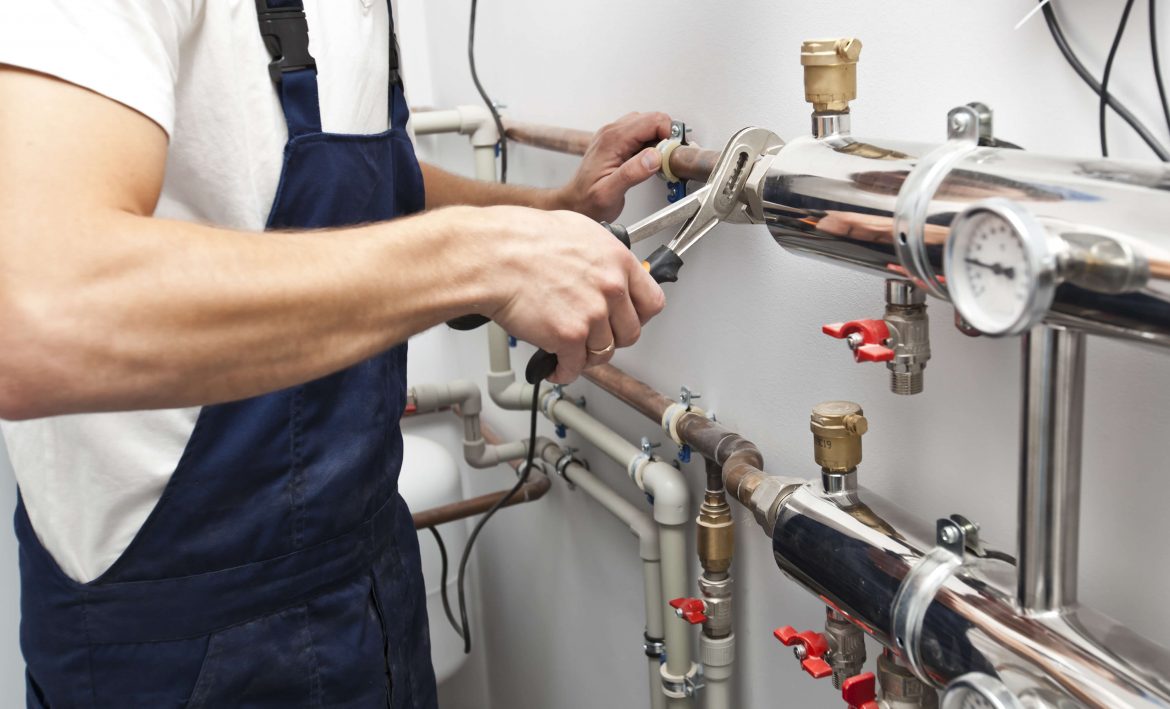The sealing of threaded joints in water supply systems should be thorough and robust. In order to achieve the best possible sealing effect on pipes with a threaded connection, it is necessary to use sufficient force for a consistent and tight connection, as well as materials of the best possible quality. Thread cutting and flaking devices also play an important role.
Threaded connections in water supply systems
Threaded steel pipes can be connected to each other, to fittings, or to fittings - devices that distribute water. Threaded pipes are joined using an external thread (found on the pipe) and an internal thread (found on fittings), which are screwed onto the ends of the pipes to be joined. In order to carry out proper Sealing of threaded connections of steel pipes, first of all the pipe must be cut to the length of interest, then the thread is cut on the prepared end of the pipe using a hand or electric tapping tool. The next very important step is to properly seal the joint and screw the pipes together.
Steel or cast iron threaded pipes are not only found in water supply systems, but also in sewerage, gas and heating systems. On the other hand, threaded connections can be found not only in steel, cast iron and copper pipes, but also in PVC and CPCV. There are two types of connection in water supply systems and others where threaded connections are used:
- fixed connections - these must be sealed properly,
- detachable connections - no sealing required.
Proper sealing of threaded pipe joints
Fixed threaded connections in water supply and other installations need to be properly sealed. For this purpose, hemp or linen tarpaulins and sealing paste or varnish are usually used. Among the hemp shovels we recommend Hemp packets 500g, while the sealing paste that enjoys good reviews among experts is: Thread sealant paste 200 ml Gebatout. The paste, which seals the joint and at the same time impregnates the hemp fibres, is applied three times:
- first time on a clean thread,
- the second time on packs wound halfway through the thickness,
- third time after winding the packets all the way onto the thread.
By applying the sealing paste three times to the outer surface of the thread, and wrapping the threads twice with the packets in between, the packets are evenly moistened throughout. This, in turn, ensures an adequate seal of the joint and protects the packets from rotting.
Alternatively, the threaded connection can be sealed with nylon thread, Teflon tape or anaerobic adhesive. In the past, red lead mine - lead oxide - was also used to seal threaded connections. However, its use has long been banned due to its high harmfulness to the human body.
For threaded connections in PVC and CPVC installations, only Teflon tape is used for sealing. Tacks should not be used in such connections. When they soak up water, they swell and lead to bursting of plastic pipe connections.
What else should you know before you set about sealing threaded joints?
It is very important when renovating, refurbishing or replacing individual components that the installation is dismantled in the right way. This will enable these components to be reconnected and sealed. Care must be taken to thoroughly remove any remaining sealant and varnish from the thread surfaces. If the hemp fibres have adhered strongly to the thread, the surface should be burnt with a blowtorch or heat gun. The thread surface is then cleaned to the finish with a wire brush. The prepared thread surface can then be resealed. You can find out more about sealing pipes and threads in the separate article.
In water supply systems, as well as in sanitary, heating and gas installations, pipes, fittings and other elements are connected by threaded joints. It is important that these are properly sealed to prevent water leaks and gas escapes. In order to effectively seal the threaded connections in installations, hemp or linen packing, sealing paste or varnish is used. The connection can also be sealed with anaerobic glue, Teflon tape or nylon thread.
